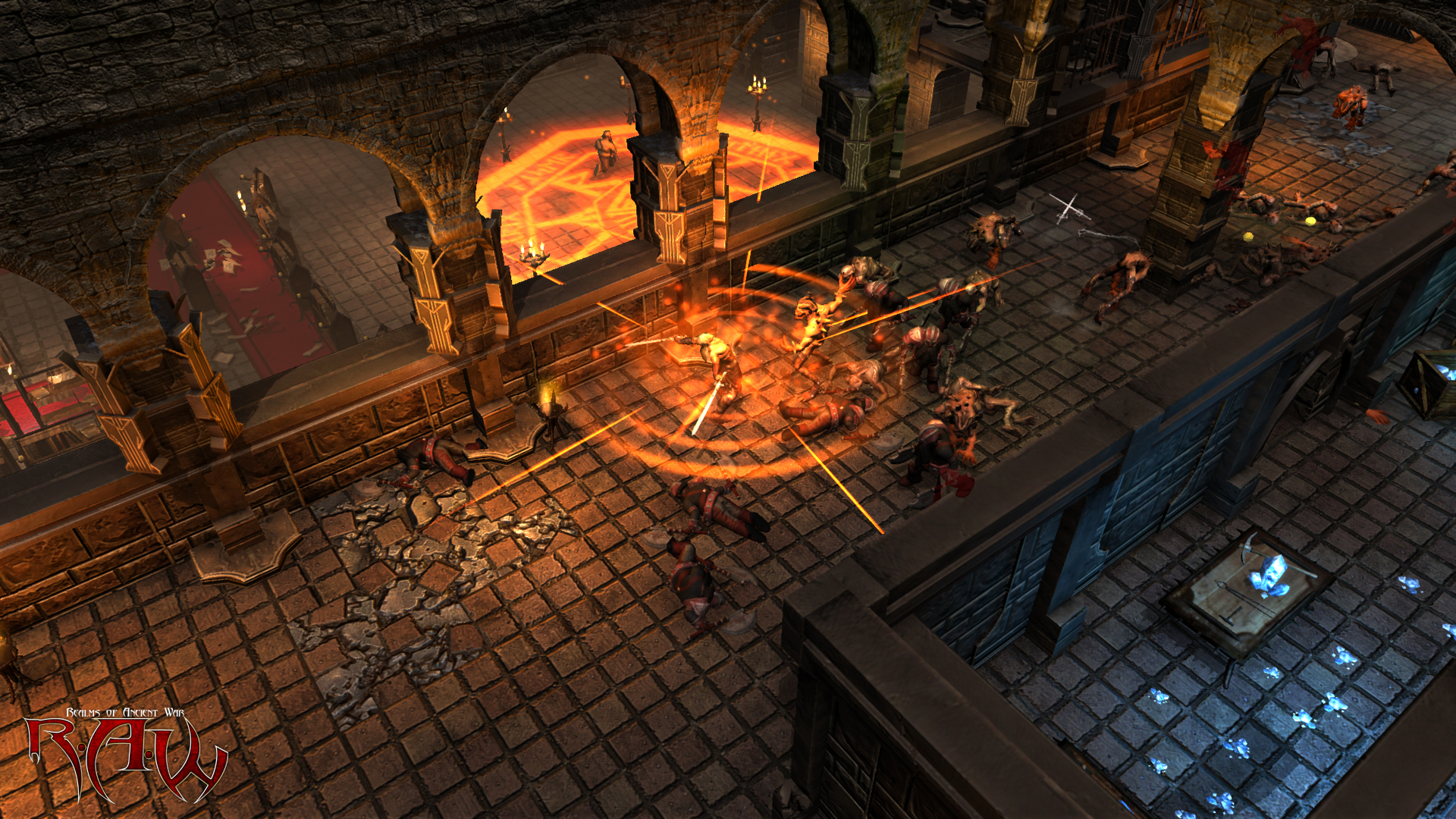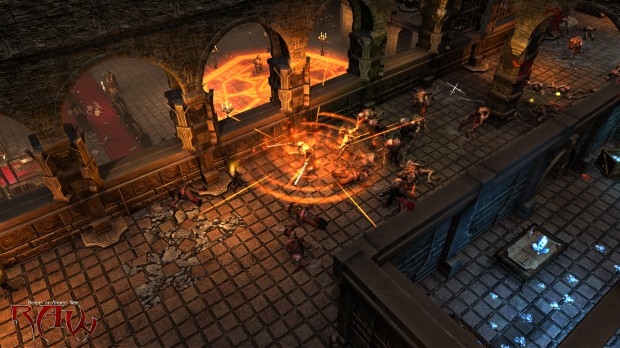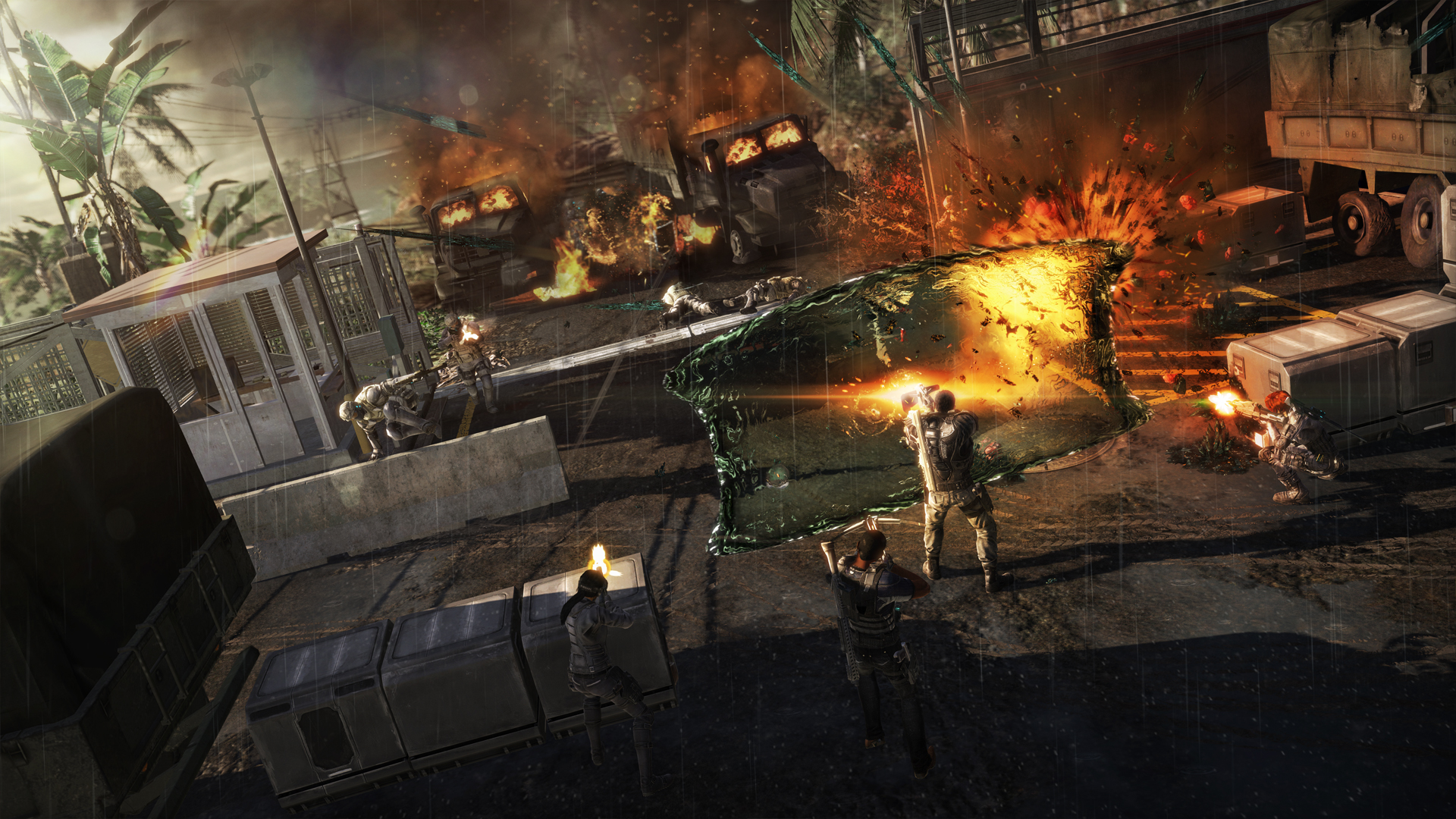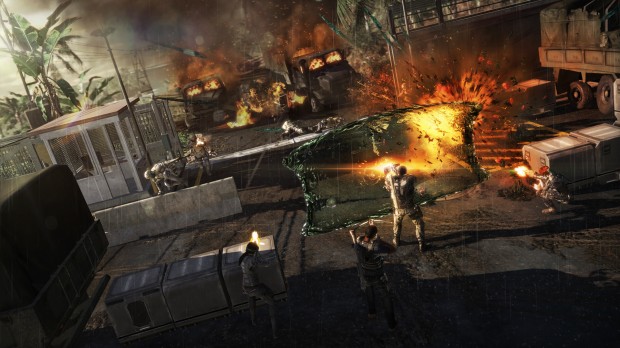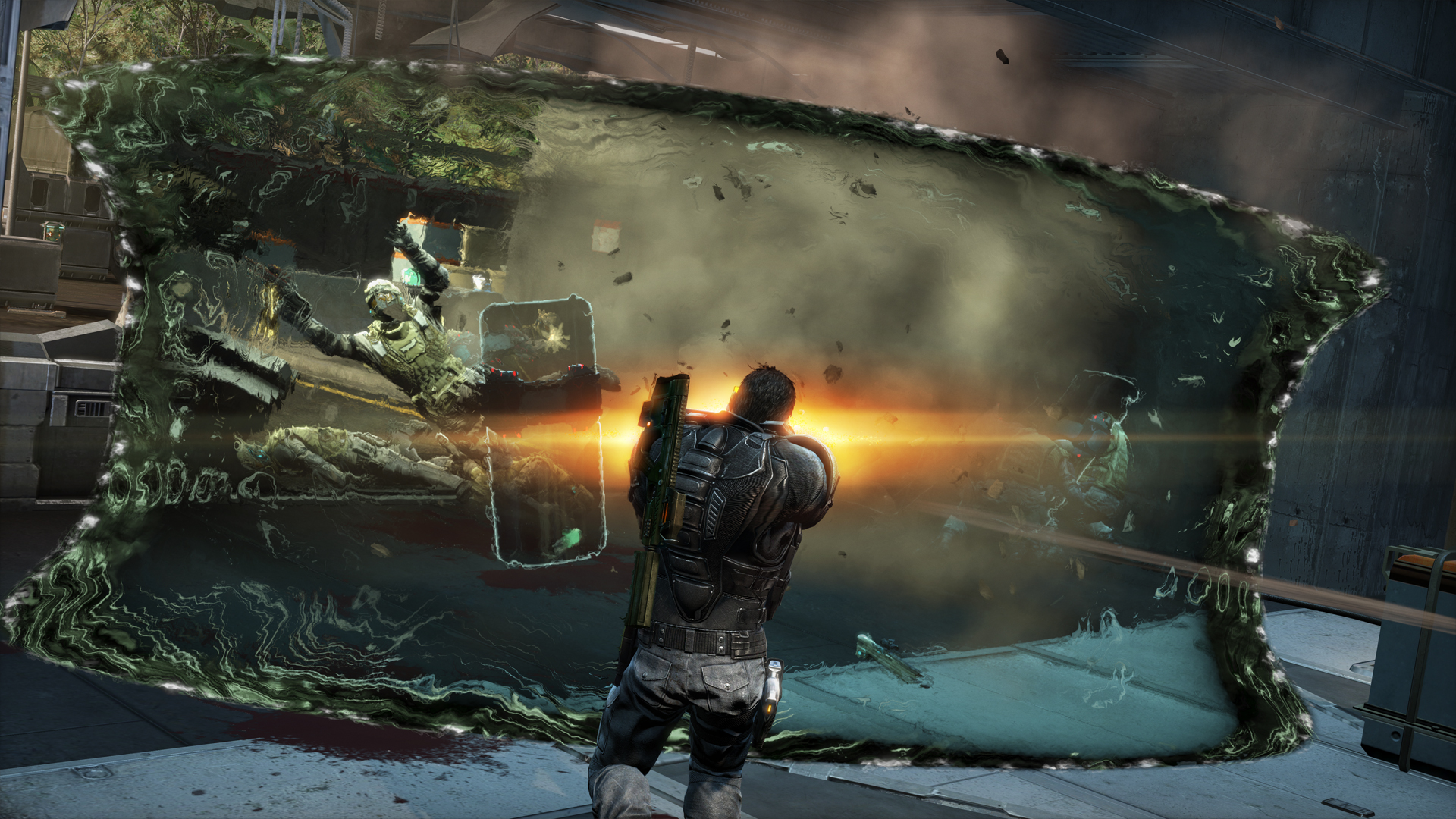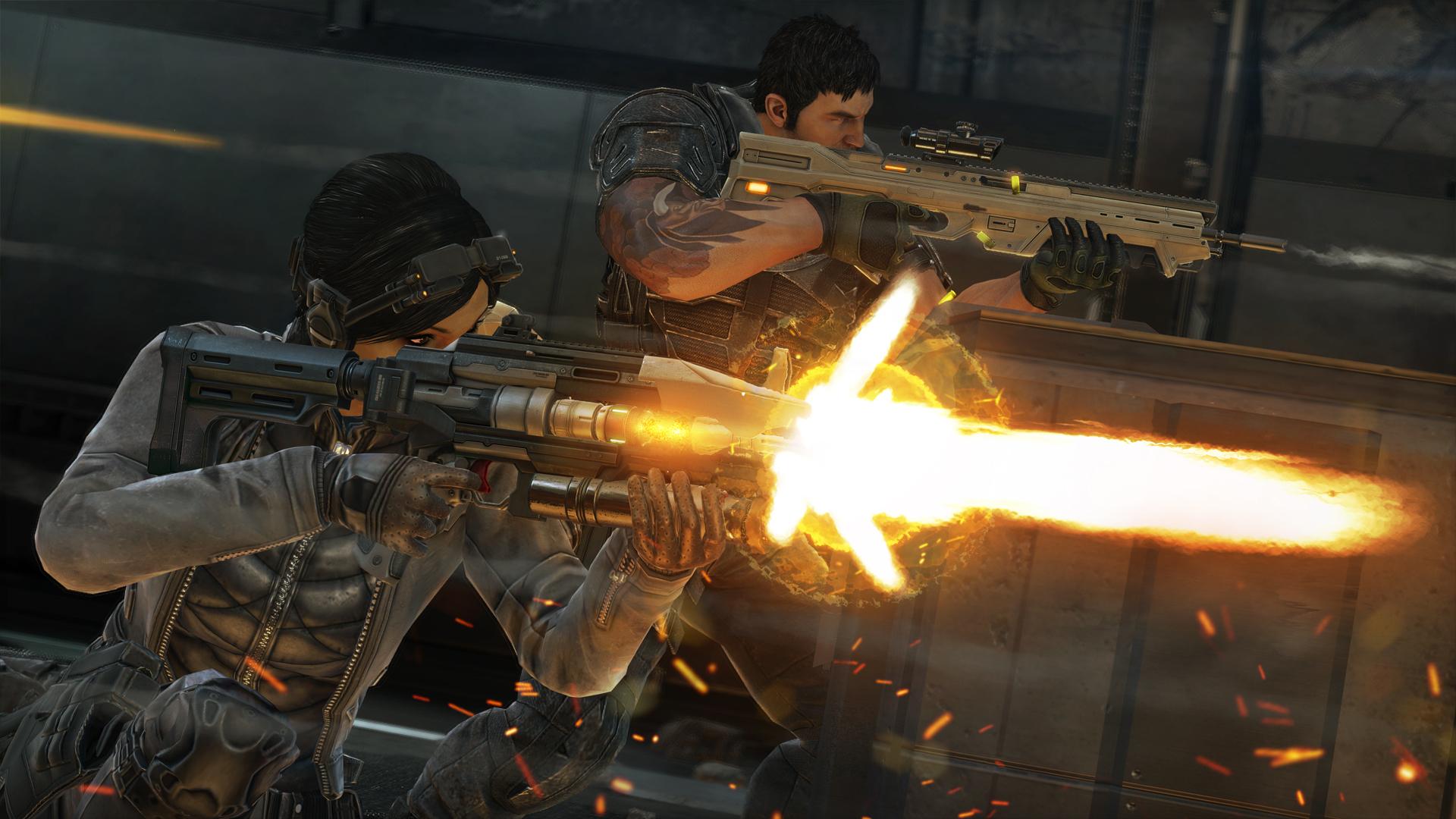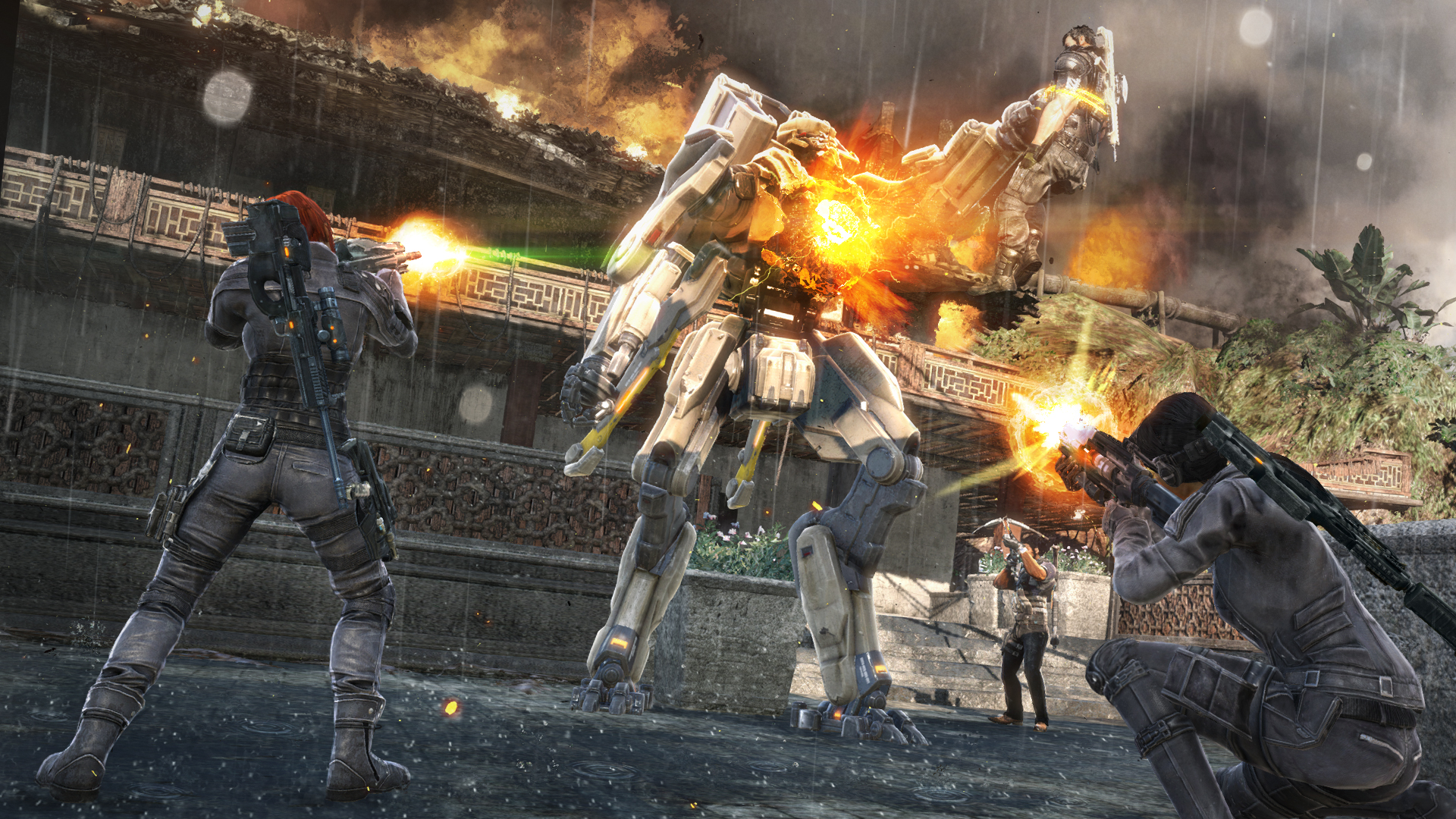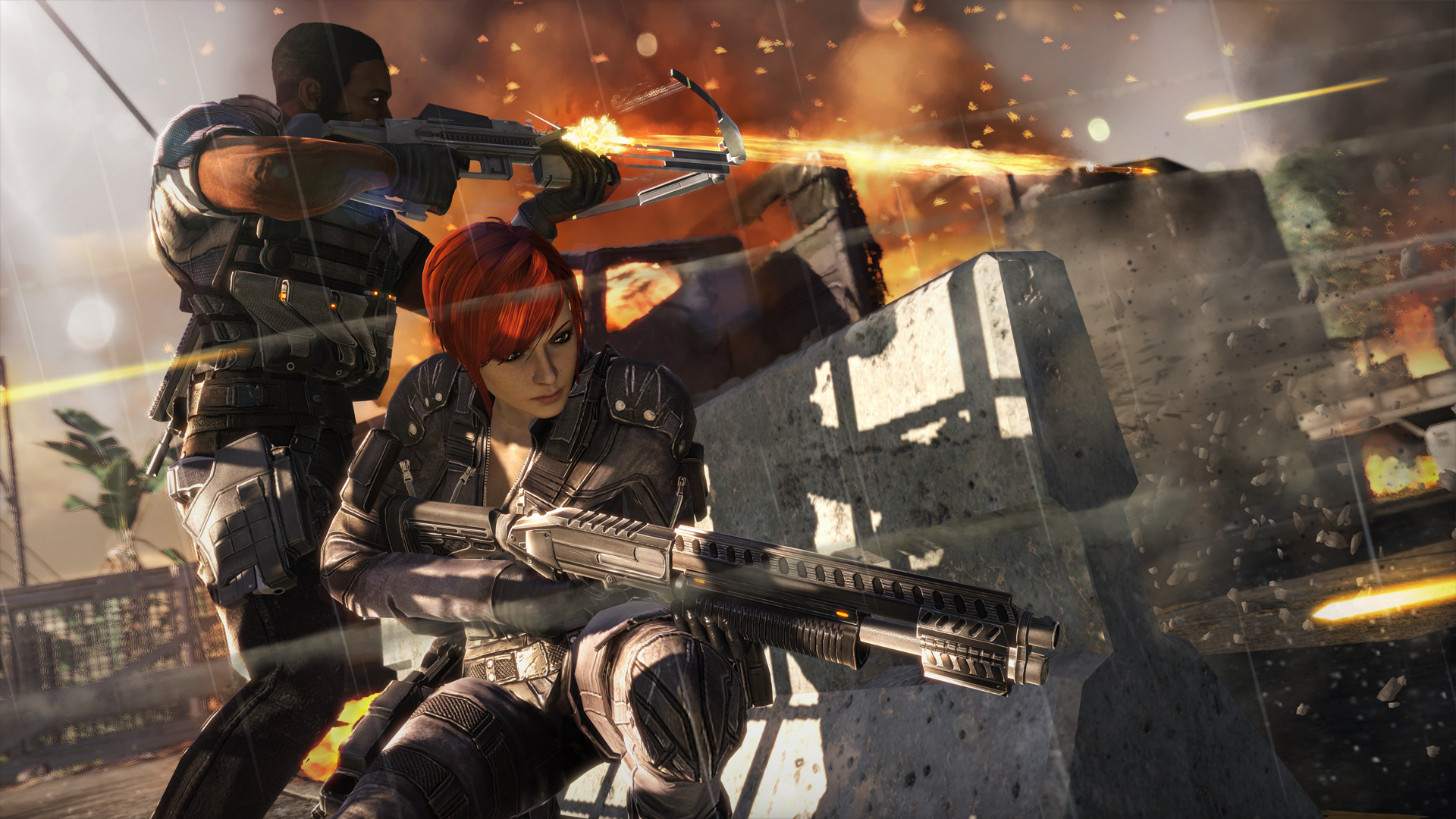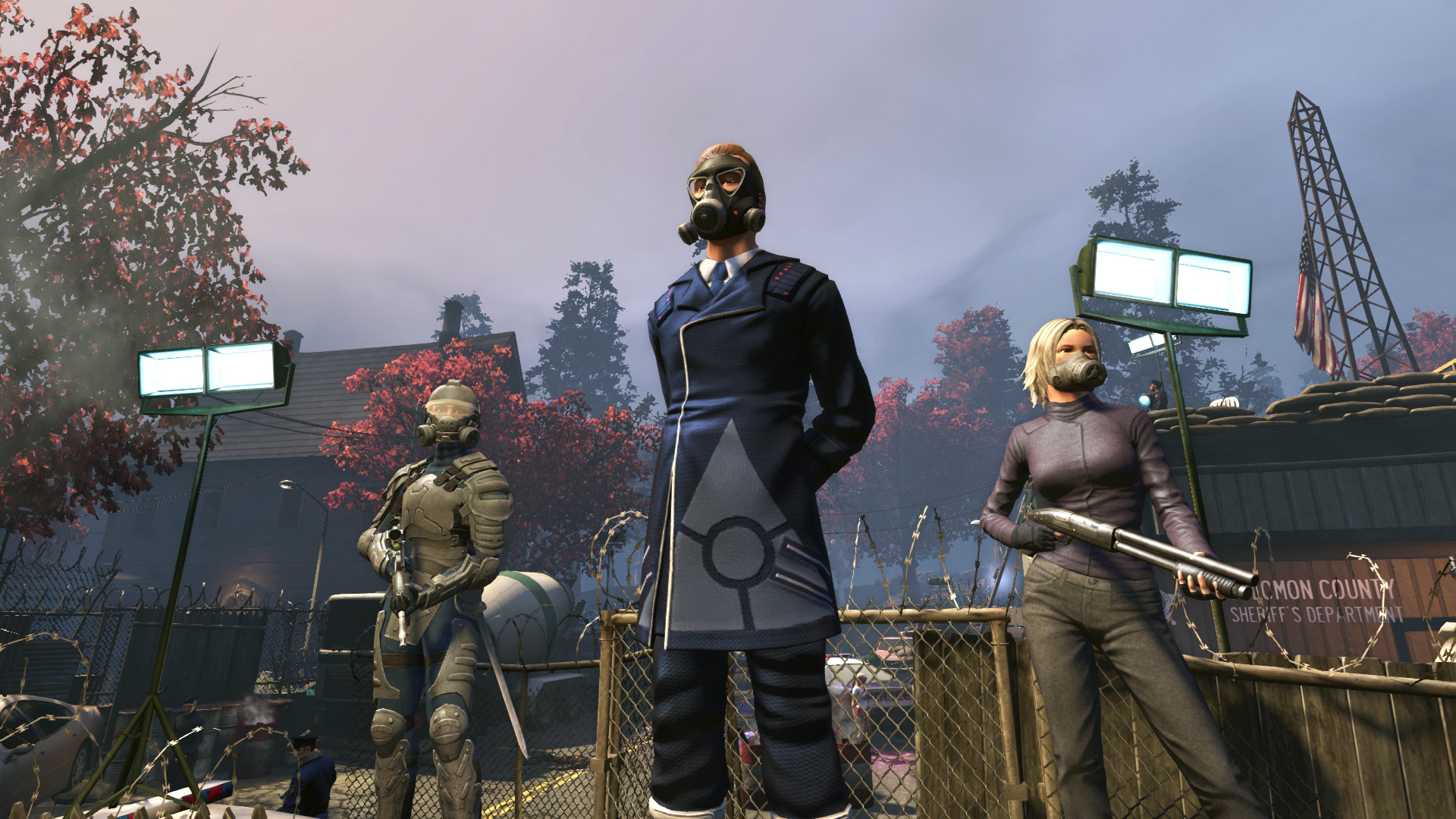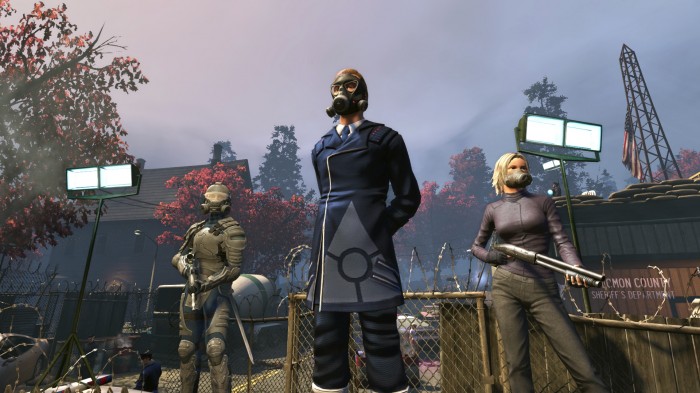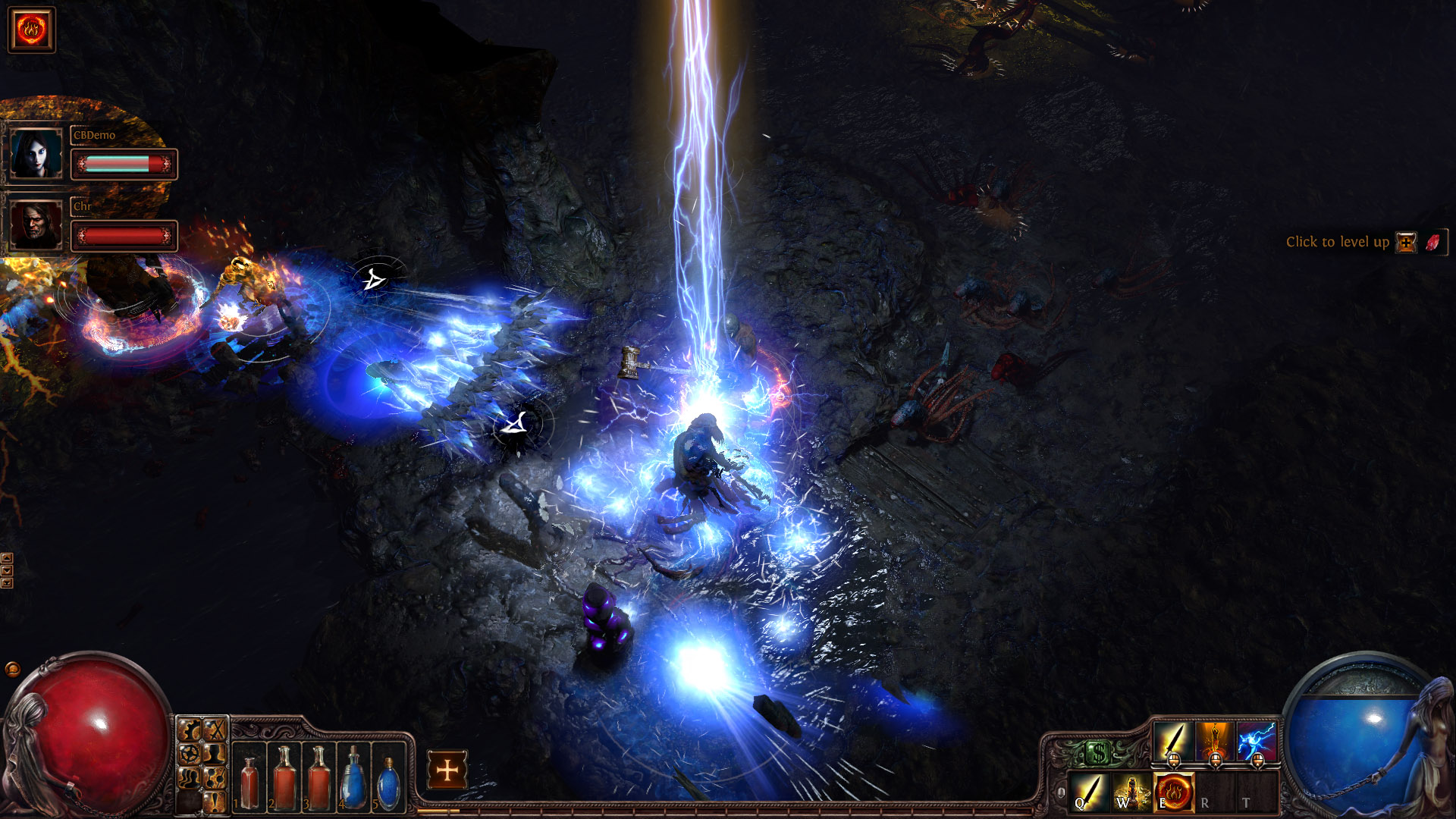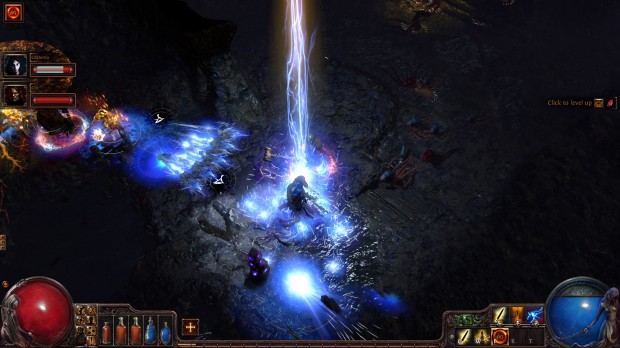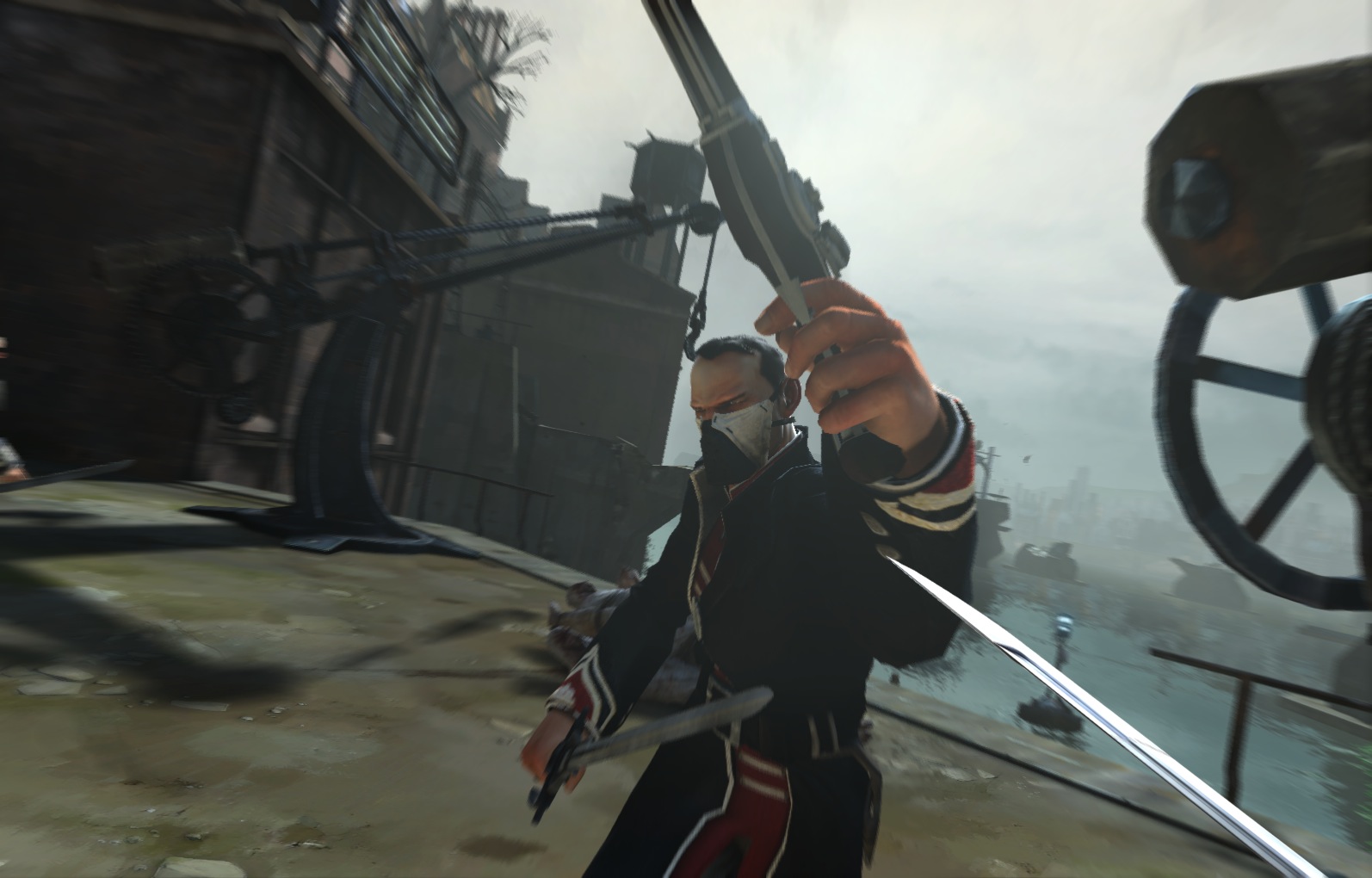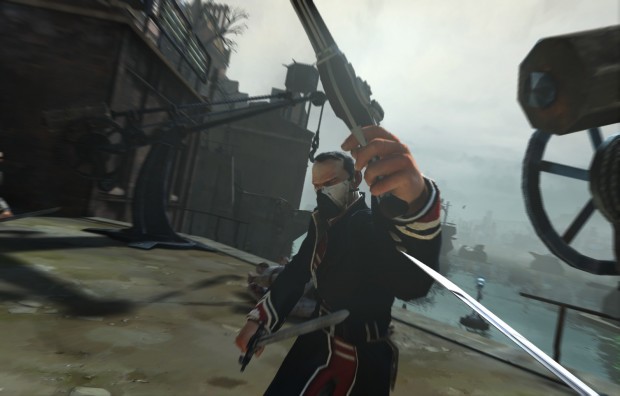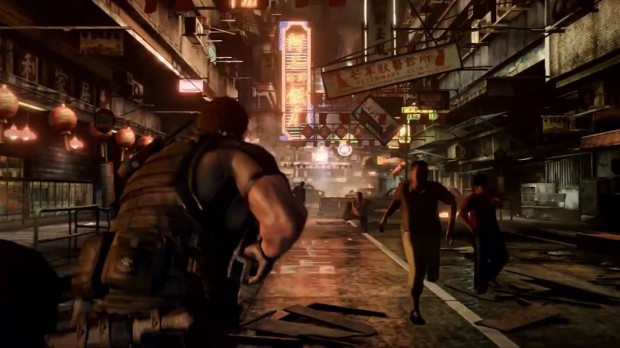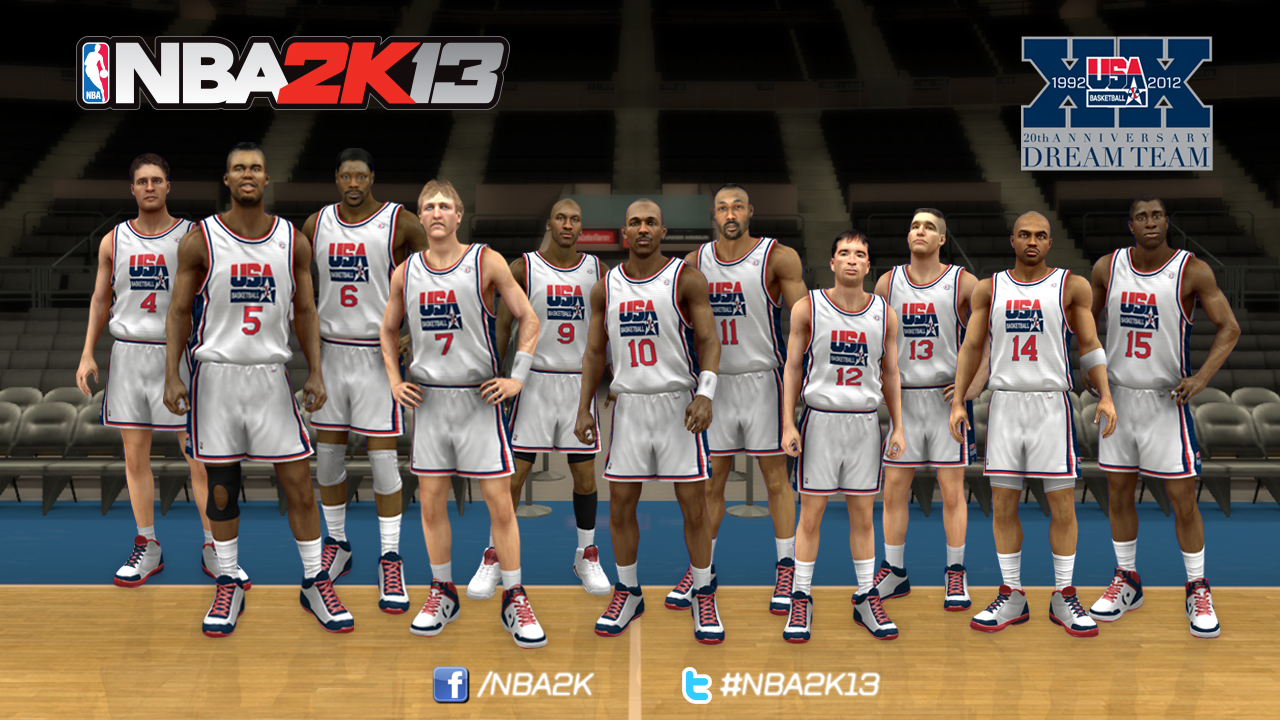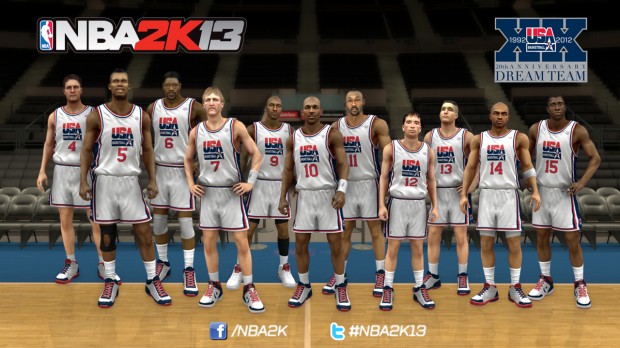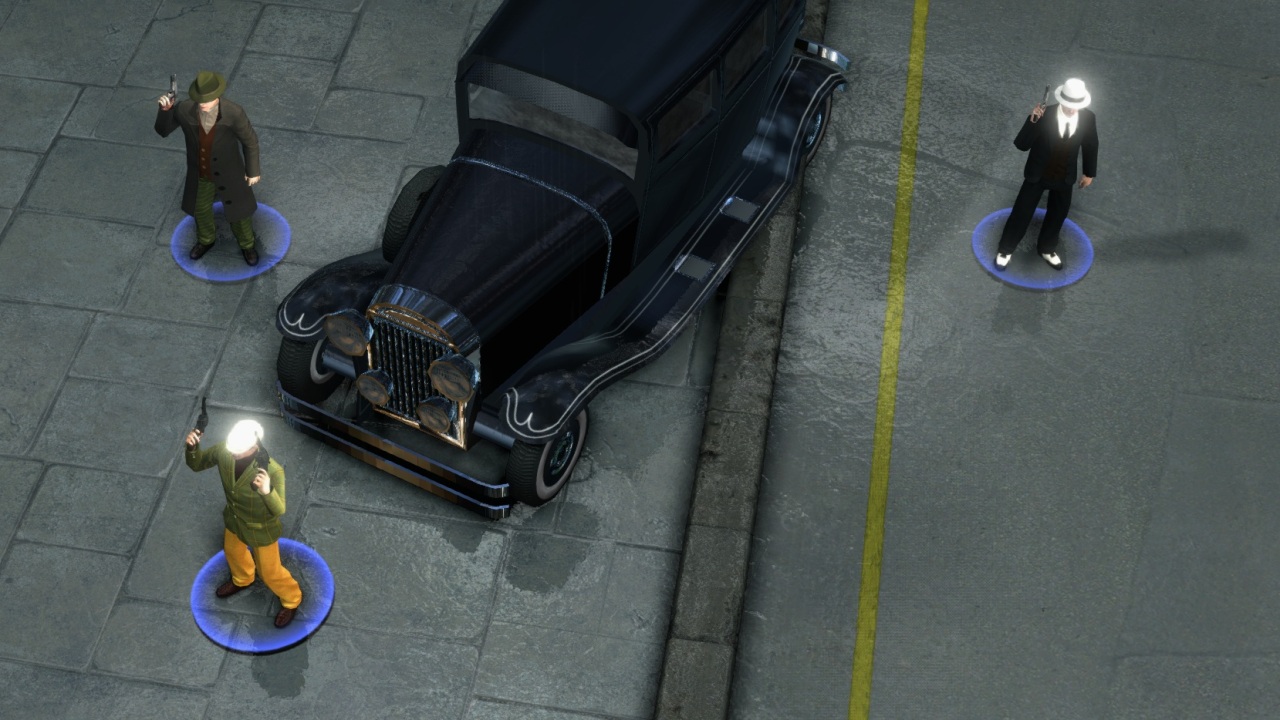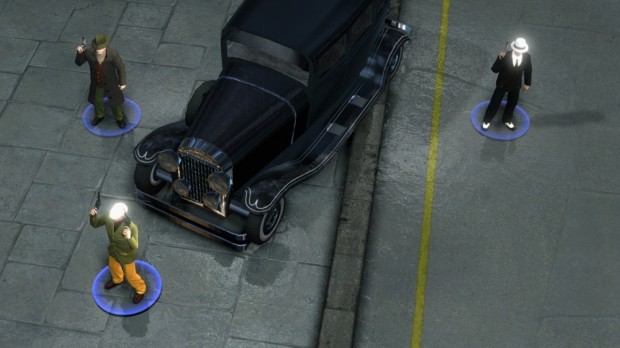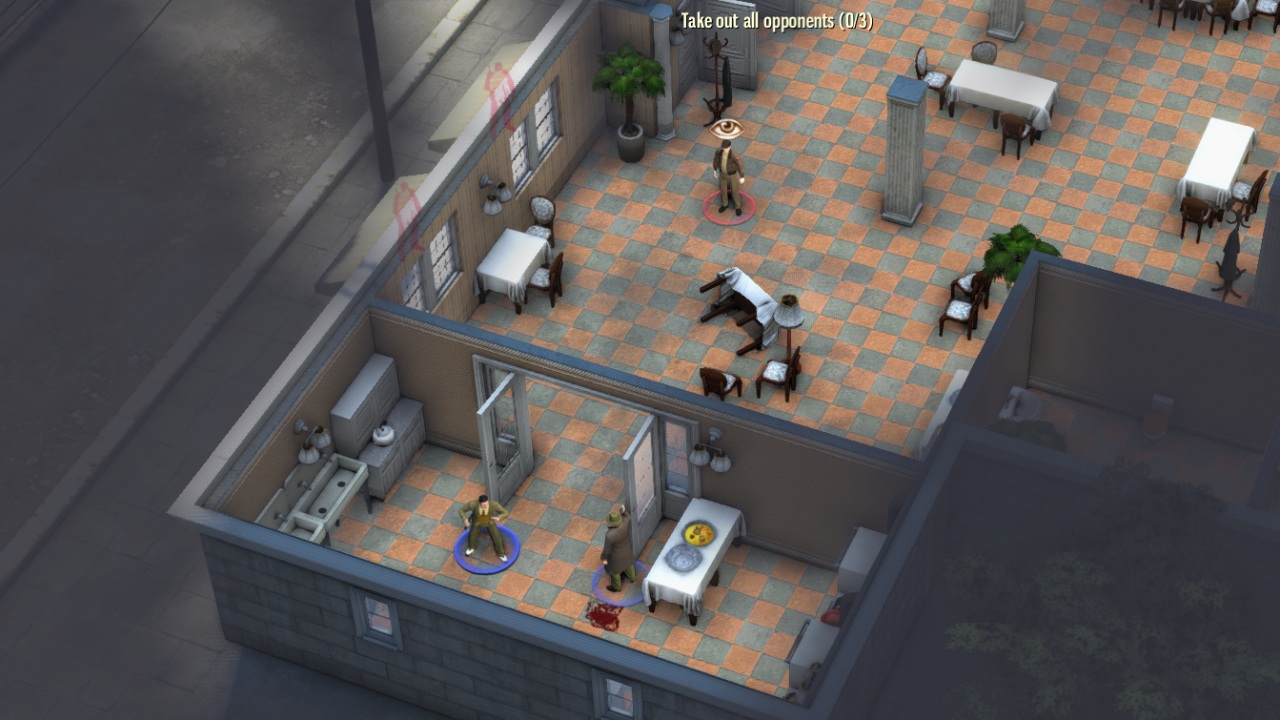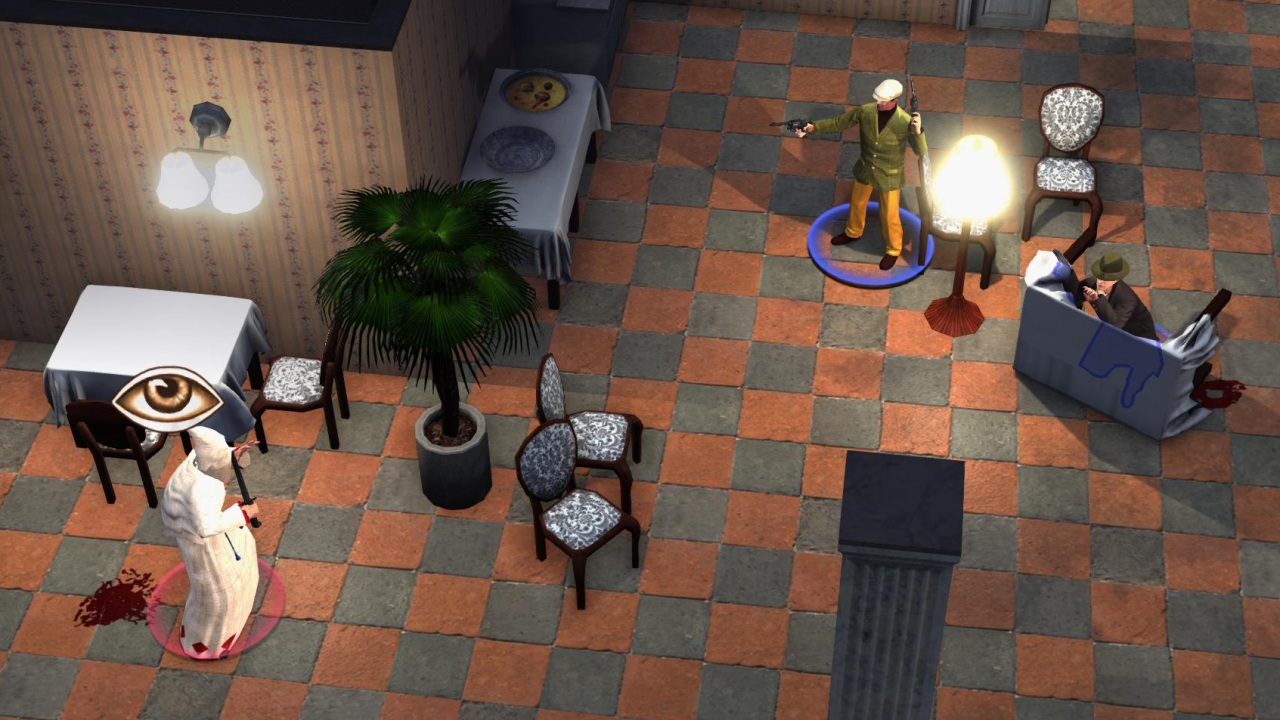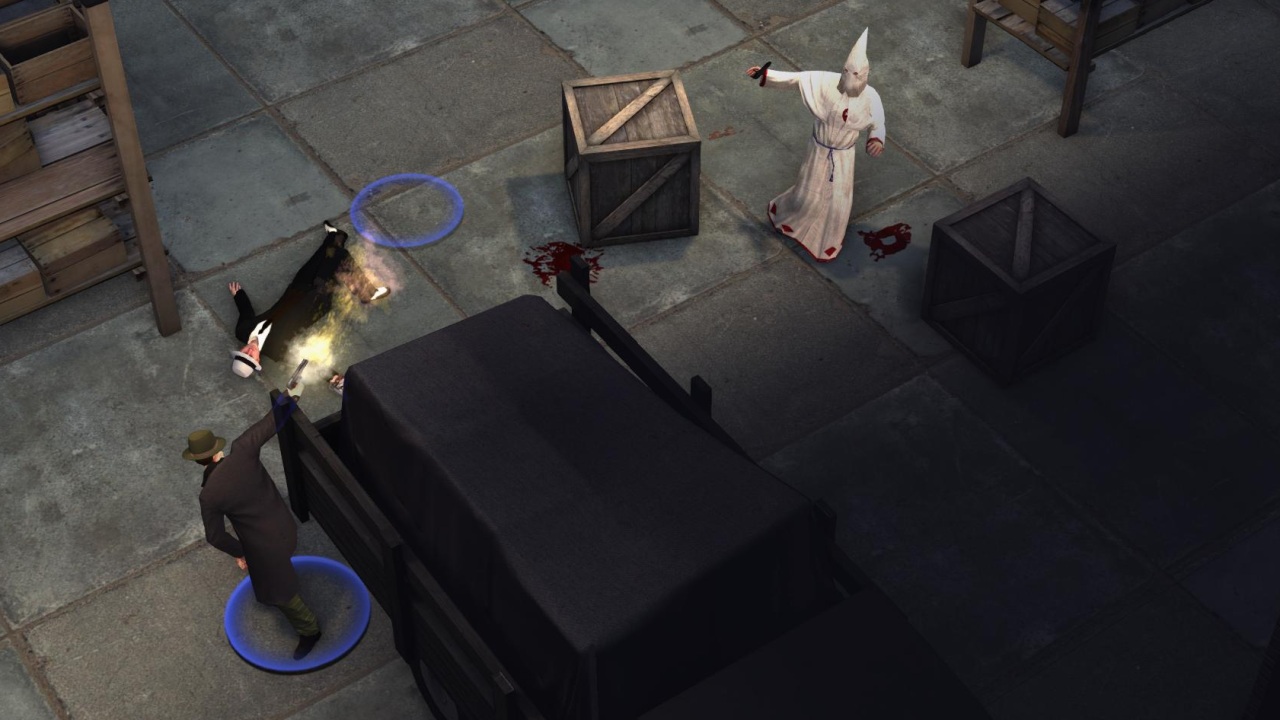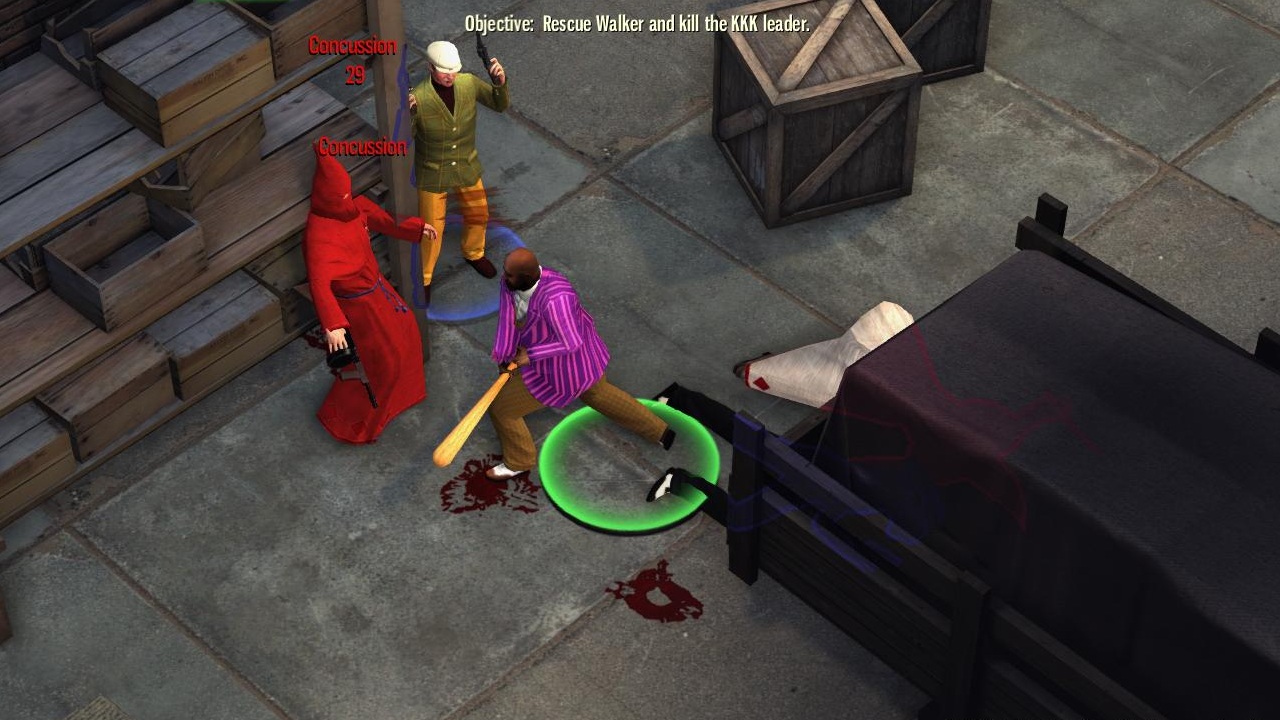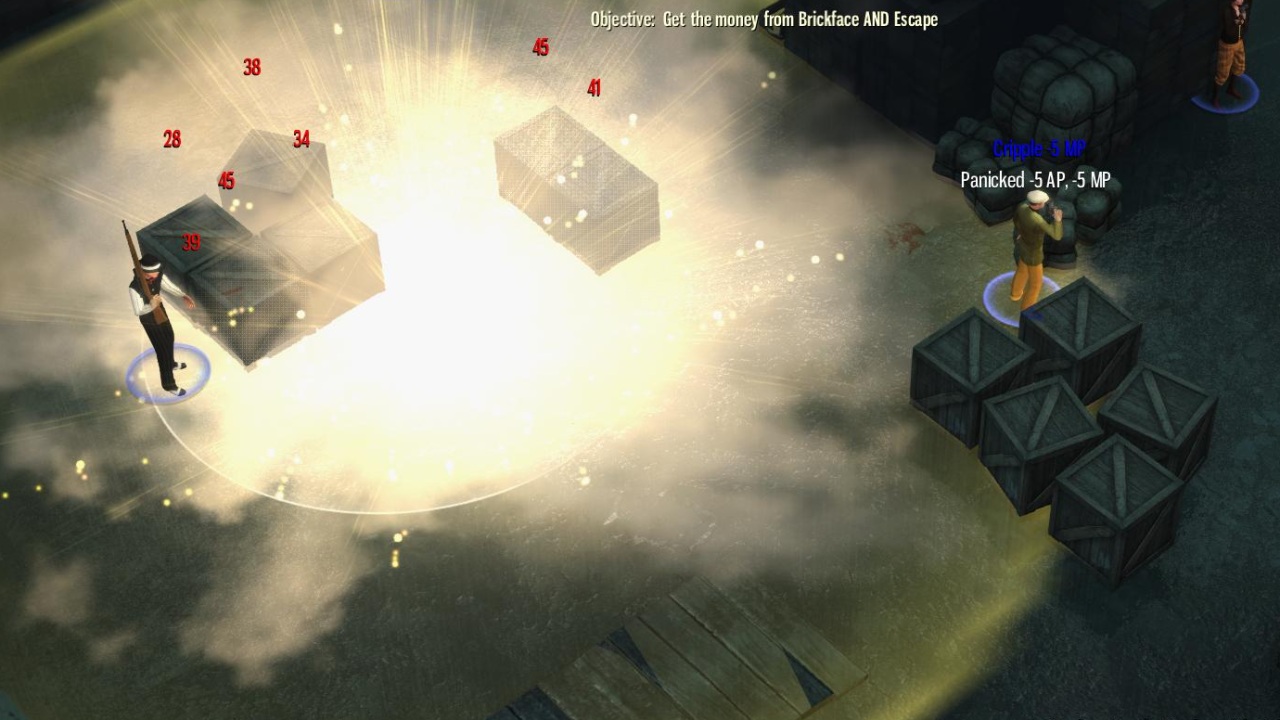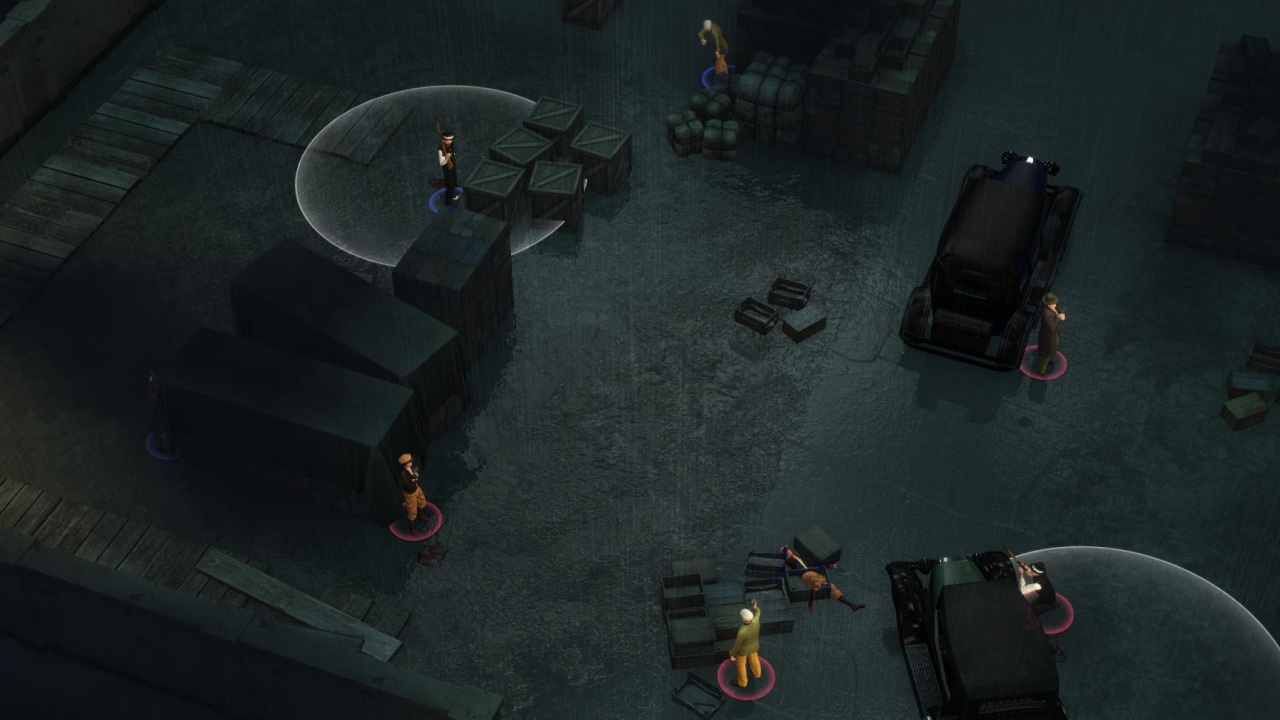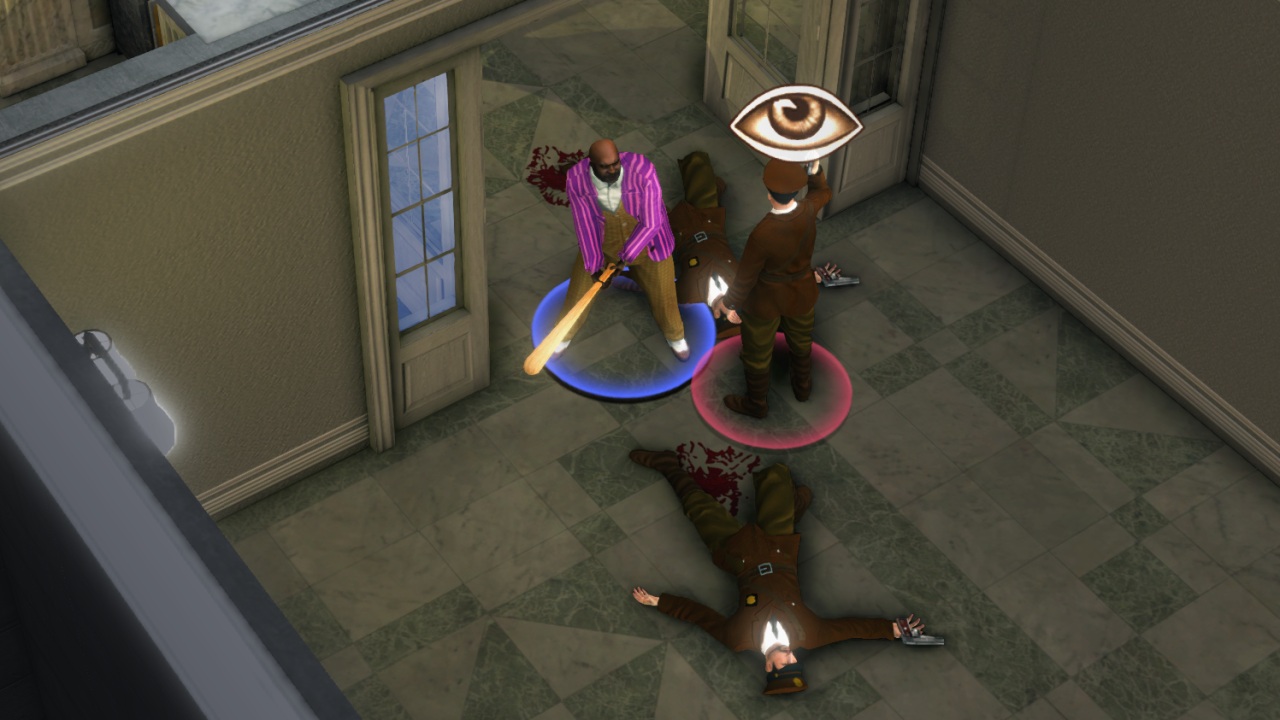Focus Home Interactive has released a new trailer for its upcoming Realms of Ancient War featuring the game’s coop mode. Enjoy!
Author - Jerry Paxton
Funcom has released a new preview video of tomorrow’s update to The Secret World, Issue #2: Digging Deep. The update features cool stuff like several new investigation missions, the rocket launcher auxiliary weapon, the looking-for-group system, as well as plastic surgery and the barbershop where you can alter your character’s looks.
Video
SAN FRANCISCO—September 12, 2012—Apple® today announced iPhone® 5, the thinnest and lightest iPhone ever, completely redesigned to feature a stunning new 4-inch Retina™ display; an Apple-designed A6 chip for blazing fast performance; and ultrafast wireless technology*—all while delivering even better battery life.** iPhone 5 comes with iOS 6, the world’s most advanced mobile operating system with over 200 new features including: the all new Maps app with Apple-designed cartography and turn-by-turn navigation; Facebook integration; Passbook® organization; and even more Siri® features and languages.
“iPhone 5 is the most beautiful consumer device that we’ve ever created,” said Philip Schiller, Apple’s senior vice president of Worldwide Marketing. “We’ve packed an amazing amount of innovation and advanced technology into a thin and light, jewel-like device with a stunning 4-inch Retina display, blazing fast A6 chip, ultrafast wireless, even longer battery life; and we think customers are going to love it.”
iPhone 5 is the thinnest smartphone in the world, with an all-new 7.6 mm anodized aluminum body that is 18 percent thinner and 20 percent lighter than iPhone 4S. Designed with an unprecedented level of precision, iPhone 5 combines an anodized aluminum body with diamond cut chamfered edges and glass inlays for a truly incredible fit and finish.
The new 4-inch Retina display on iPhone 5 delivers even more pixels than iPhone 4S, making the already incredible Retina display even better. By making the screen taller, not wider, iPhone 5 is just as easy to use with one hand so you can tap, type and scroll the same way you always have, while enjoying even more of your content including amazing apps optimized for the larger Retina display, widescreen HD video, a full five days of your Calendar and more of every web page.
iPhone 5 supports ultrafast wireless standards including LTE and DC-HSDPA, so you can browse, download and stream content even faster. To support the latest LTE technology, Apple has pioneered a unique single-radio LTE solution that provides blazing fast speeds while fitting perfectly into the new remarkably thin design. iPhone 5 features dual-band 802.11n Wi-Fi support for a wireless experience up to 150 Mbps.***
The all-new A6 chip was designed by Apple to maximize performance and power efficiency to support all the incredible new features in iPhone 5, including the stunning new 4-inch Retina display—all while delivering even better battery life. With up to twice the CPU and graphics performance, almost everything you do on iPhone 5 is blazing fast for launching apps, loading web pages and downloading email attachments.
The 8 megapixel iSight® camera is the most popular camera in the world and with iPhone 5, it’s even better. The new camera is completely redesigned with incredible optical performance, yet amazingly it’s 25 percent smaller than the camera in iPhone 4S. The new iSight camera in iPhone 5 features a sapphire crystal lens cover that is thinner and more durable than standard glass with the ability to provide crystal clear images. The new panorama feature lets you capture jaw-dropping panorama images of up to 28 megapixels by simply moving the camera across a scene in one smooth motion. New video features include improved stabilization, video face detection for up to 10 faces and the ability to take still photos as you record. A new FaceTime® HD front facing camera makes FaceTime calls incredibly clear and can also be used for self portraits and recording 720p HD video. iPhone 5 also allows you to share photos with friends and family using iCloud’s Shared Photo Streams.
iPhone 5 features the new Lightning™ connector that is smaller, smarter and more durable than the previous connector. The all-digital Lightning connector features an adaptive interface that uses only the signals that each accessory requires, and it’s reversible so you can instantly connect to your accessories. The Lightning-to-30-pin Adapter is also available to connect iPhone 5 to legacy 30-pin accessories.****
iPhone 5 introduces new enhanced audio features including a new beam-forming, directional microphone system for higher quality sound, while background noise fades away with new noise canceling technology. iPhone 5 now includes support for cellular wideband audio for crisper word clarity and more natural sounding speech. Wideband audio will be supported by over 20 carriers worldwide at launch. iPhone 5 comes with the new Apple EarPods™ featuring a breakthrough design for a more natural fit and increased durability, and an incredible acoustic quality typically reserved for higher-end earphones.
iPhone 5 comes with iOS 6, the world’s most advanced mobile operating system with over 200 new user features including: an all new Maps app with Apple-designed cartography, turn-by-turn navigation and an amazing new Flyover™ view; Facebook integration for Contacts and Calendar, with the ability to post directly from Notification Center; Passbook, the simplest way to get all your passes in one place; new Siri features, including support for more languages, easy access to sports scores, restaurant recommendations and movie listings;***** Siri and Facebook-enabled apps like Photos, Safari® and Maps; and Shared Photo Streams via iCloud®.
Pricing & Availability
iPhone 5 comes in either white & silver or black & slate, and will be available in the US for a suggested retail price of $199 (US) for the 16GB model and $299 (US) for the 32GB model and $399 (US) for the 64GB model. iPhone 5 will be available from the Apple Online Store (www.apple.com), Apple’s retail stores, and through AT&T, Sprint, Verizon Wireless and select Apple Authorized Resellers. iPhone 5 will be available in the US, Australia, Canada, France, Germany, Hong Kong, Japan, Singapore and the UK on Friday, September 21, and customers can pre-order their iPhone 5 beginning Friday, September 14. iPhone 4S will also be available for just $99 (US) and iPhone 4 will be available for free with a two-year contract.****** iOS 6 software will be available on Wednesday, September 19 as a free software update.
iPhone 5 will roll out worldwide to 22 more countries on September 28, including Austria, Belgium, Czech Republic, Denmark, Estonia, Finland, Hungary, Ireland, Italy, Liechtenstein, Lithuania, Luxembourg, Netherlands, New Zealand, Norway, Poland, Portugal, Slovakia, Slovenia, Spain, Sweden and Switzerland.
* LTE is available through select carriers. Network speeds are dependent on carrier networks, check with your carrier for details.
** Battery life depends on device settings, usage and other factors. Actual results vary.
*** Based on theoretical speeds, actual speeds may vary.
**** Sold separately.
***** Not all features are supported in all countries.
****** Availability varies by carrier.
Apple designs Macs, the best personal computers in the world, along with OS X, iLife, iWork and professional software. Apple leads the digital music revolution with its iPods and iTunes online store. Apple has reinvented the mobile phone with its revolutionary iPhone and App Store, and is defining the future of mobile media and computing devices with iPad.
Grinding Gear Games has announced that, this weekend, they will be holding another public beta test for their upcoming action-RPG, Path of Exile. The public beta test will run Sept 14-16 and feature the newly-deployed 0.9.2 beta patch which adds new skills and a lot more.
SAN MATEO, Calif. – September 11, 2012 – Capcom®, a leading worldwide developer and publisher of video games, is pleased to confirm that the Resident Evil® 6 experience will be further enhanced with the release of new modes and additional content following the launch of this highly anticipated title on home consoles this October 2.
Available as downloadable content, three new gameplay modes will expand on the multiplayer elements available in the retail version and deliver new and exciting ways to enjoy the world of Resident Evil 6.
Survivors Mode takes the classic solo- and team-based versus mode and adds a twist. Get killed and you respawn as an enemy character with the ability to attack the human characters. Take down two human characters to resurrect in human form. Last man or team standing wins.
In Predator Mode, one player takes on the role of the Ustanak, the fearsome B.O.W. that stalks Jake Muller throughout his campaign, and tries to eliminate the human players. The humans’ task: stop the deadly B.O.W. in its tracks, or at least survive until the end of the session.
Choosing the human side in Siege Mode will see players protecting a single NPC, while as a member of the enemy team, players will need to eliminate that same NPC. If the NPC is still alive at the end of the time period, the human team wins.
Survivors, Predator and Siege modes will all support up to six players online and be played using maps from Mercenaries Mode.
Players will be able to track their accomplishments in these three modes alongside their main campaign statistics and compare their performance with others by registering on ResidentEvil.Net, the free online service that launches alongside Resident Evil 6.
Further post-launch downloadable content for Resident Evil 6 will include additional maps forMercenaries, which can in turn then be used as maps for Survivors, Predator and Siegemodes, plus other items yet to be announced.
Ridgewood, NJ, September 11, 2012 – It’s time to take a closer look at the combat in Omerta – City of Gangsters, the upcoming criminal empire-building game from Kalypso Media and Haemimont Games, makers of the popular Tropico 3 and Tropico 4 titles for the Xbox 360® video game and entertainment system from Microsoft and Windows PC. In the new screens, you’ll get an up-close look at the turn-based combat in Omerta, where gangsters duke it out for control of Prohibition-era Atlantic City. Molotov Cocktails, baseball bats and six-shooters all play a role in your success as a gangster inOmerta’s tactical battles. Omerta – City of Gangsters is scheduled for release on Windows PC and Xbox 360 in February 2013.

